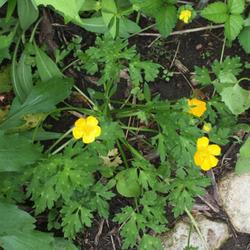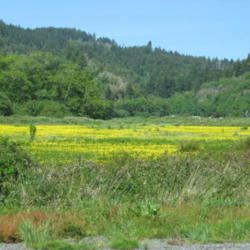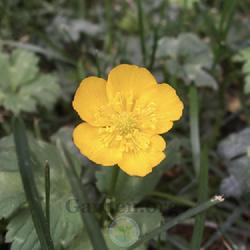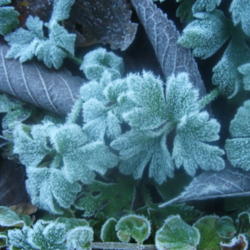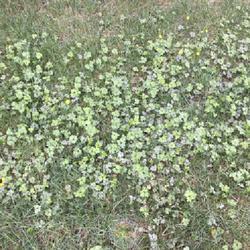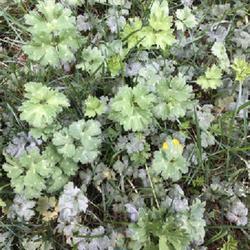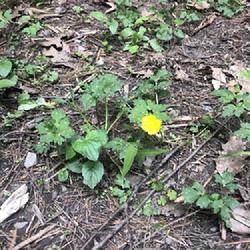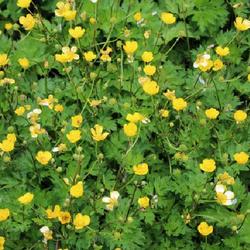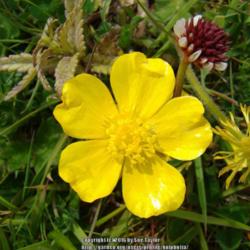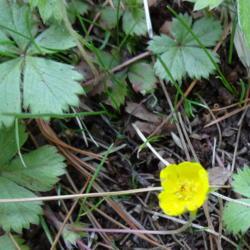Posted by
Bonehead (Planet Earth - Zone 8b) on Jun 19, 2013 2:57 PM concerning plant:
This is an introduced invasive species from Europe. Now widespread throughout much of North America, it spreads rapidly by stolons, and depletes potassium in the soil. It is toxic to grazing animals, who fortunately do not like its bitter taste. It loses its potency when dried, so is not a particular problem in hay. It is widespread in the Pacific Northwest, and is a 'weed of concern' - one of the lowest classifications of invasives. This is my nemesis in my flower beds, it grows everywhere and anywhere. The only saving grace is it does get a jolly yellow flower and many non-gardeners will comment on my weed-free beds which are in fact overtaken with buttercup. And as a child, I have fond memories of holding the flower below our chins to see who likes butter or not.
Posted by
plantladylin (Sebastian, Florida - Zone 10a) on Sep 13, 2015 11:03 AM concerning plant:
Creeping Buttercup is a low growing, spreading herb with pubescent (hairy) leaves and stems; the small yellow flowers appear from mid March through August. The plant grows in moist to very wet, poorly drained locations as well as sandy, rocky areas that receive sufficient moisture. It spreads by long branching stolons that take root at each node where it touches the soil, forming thick mats to 36 inches or more. Each plant produces 100 or more hooked seeds, which remain viable for many years. The hooked seeds are dispersed by wind, water and birds and also distributed by wildlife by adhering to their fur.
Creeping Buttercup is native to Europe but has been introduced to other parts of the world. It is found throughout North America and is considered a noxious weed in many areas where it crowds out native plant species.
